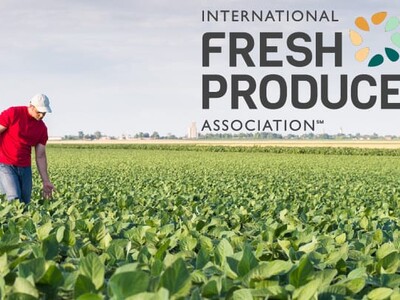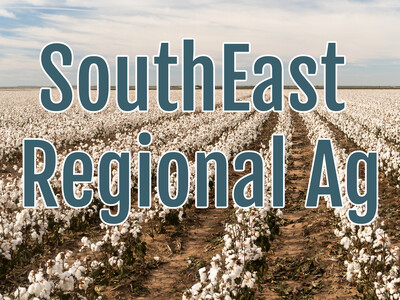Dust Regulations May Change
Dust Regulations May Change. I’m Greg Martin with today’s Line On Agriculture.
Dust happens. If you have driven down a country road you know that it pretty much goes everywhere. Farmers and ranchers have had to deal with dust ever since they began breaking sod or moving cattle across the land. Every five years the Environmental Protection Agency reviews the nation’s air quality standards that deal with soot and dust. While they are issuing tougher standards for soot pollution – known as “fine particulate matter”, the agency decided the rules for dust – or “course particulate matter” - are fine as they are. Good news for the nation’s farmers and ranchers.
WALMSLEY: It’s already difficult for some producers in those particularly dry areas of the country to manage dust and meet their standards. If we were to tighten those standards even further it would bring in much larger parts of the country and make it that much more difficult to produce food and fiber.
American Farm Bureau Regulatory Specialist Andrew Walmsley says there are lots of ways that stricter regulations could have affected farmers and ranchers in areas not meeting EPA air quality standards.
WALMSLEY: Those could be things like very low speed limits on dirt roads.They could be the inability to get into your fields in certain times of the year to plow or harvest crops, your inability to move livestock or the requirements to wet large swaths of land to control that dust would be costly and very difficult for many farmers and ranchers.
The EPA says the agency examined thousands of studies before determining the rural dust rules are sufficient.
WALMSLEY: We’re glad to see that EPA is taking into account what scientific evidence or lack of scientific evidence that’s out there and not tighten the standard any further.
Walmsley talks about a different air quality regulation that farmers and ranchers worry isn’t being handled appropriately by EPA involving extreme acts of nature that push a region outside air quality standards.
WALMSLEY: An exceptional event could be a high wind event, something above 25 miles per hour wildfires, these giant dust storms you hear about out West. A regulatory agency files to have an event counted as exceptional and then they’re not penalized down the road for being out of compliance with the Clean Air Act. EPA isn’t clear on what they will accept as an exceptional event. So it leaves a lot of uncertainty not only onto local regulatory agencies but onto farmers who might come under stricter restrictions to control dust that is outside their control.
That’s today’s Line On Agriculture. I’m Greg Martin on the Ag Information Network.

















